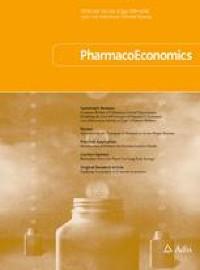
As healthcare costs continue to rise, accurate cost-effectiveness estimates are crucial. However, estimating the costs and outcomes of different interventions is complicated by uncertainty.
In model-based health economic evaluations (HEEs), uncertainty can arise from limited data, methodological limitations, and variability in clinical outcomes.
A recent review identified 80 methods for identifying, analyzing, and communicating uncertainty in HEEs. Quantifying uncertainty wherever possible is crucial to ensure accurate and unbiased cost-effectiveness estimates, ultimately leading to optimal allocation of healthcare resources
Recent Posts
mRNA Vaccine Advancements: Transforming Infectious Disease Prevention and Equity
Recent mRNA vaccine advancements are poised to transform global health by expanding beyond COVID-19 to tackle neglected infectious diseases and even therapeutic uses. Experts forecasting breakthroughs for 2026 highlight how these innovations use lipid nanoparticles to deliver RNA sequences encodi...
Africa Medicine Roadmap: Paving the Way for Sustainable Access to Quality Pharmaceuticals
The WHO Regional Office for Africa launched a 10-year roadmap (2025-2034) that ensures sustainable access to affordable, safe, and quality medicines while tackling high costs, supply chain issues, and substandard products. The Africa medicine roadmap builds on the African Medicines Agency (AMA), ...
INFARMED Leadership Appointments: A New Era in Health Regulation and Expertise
INFARMED Leadership Appointments: Renewed Expertise for Medicines Oversight
The Portuguese Council of Ministers has issued